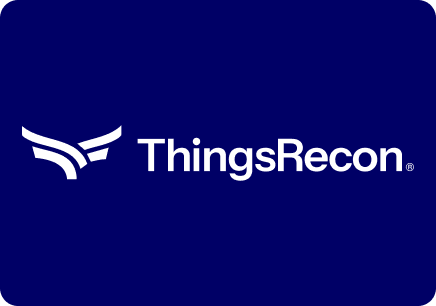If you lead security for a public company (or work with one), the SEC cybersecurity disclosure rules are something you can’t afford to ignore. The U.S. Securities and Exchange Commission now treats cyber risk as a material business risk, introducing a fundamental shift in cybersecurity strategies.
At ThingsRecon, we support security leaders navigating this shift with real-world visibility across assets, vendors, and inherited risk. Our Attack Surface and Supply Chain Discovery solutions uncover what’s digitally connected, assess proximity to business-critical operations, and help you prioritise what matters.
What’s actually changed?
The SEC now requires public companies to:
- Disclose material cyber incidents within four business days of determining materiality.
- Regularly report on cyber risk management, strategy, and governance.
- Involve the board in understanding and overseeing cybersecurity risks.
In plain terms: you need to know what’s happened, how bad it is, and tell the right people fast. And your board needs to be able to prove they’re not just rubber-stamping your slide deck.
That’s a big ask if your asset inventory is outdated, your supply chain is a black box, or you're still cobbling together different tools and spreadsheets when incidents happen.
Why the SEC cybersecurity disclosure requirements matter (even if you’re not in the US)
The hardest part of the new SEC rules is deciding what counts as "material." That’s not a purely technical call; it could be reputational damage, operational disruption, or exposure of customer data.
Security teams now share ownership of materiality assessments alongside legal and finance. Which means we have to work shoulder-to-shoulder with these teams, not just during incidents, but in shaping how materiality is defined in the first place.
It’s not just about incidents. The SEC’s watching your whole program. They want to see evidence that you’re actively managing risk, including third-party risk.
That means:
- Clear asset discovery processes for identifying and classifying digital connections
- Visibility into your supply chain and inherited risks
- Practical governance frameworks, not just policy docs
- Established protocols for threat detection and response, data protection, and third-party risk oversight
This is where most teams fall short. Not because they’re lazy, but because most tools weren’t built to give this level of visibility or context.
Oh, and if you learn about a cyber incident before it’s public (and you own stock) you’re under insider trading restrictions. This puts added pressure on internal reporting workflows and confidentiality.
The SEC is already issuing fines for delayed disclosures, inaccurate filings, and lack of internal controls. They’re not waiting for perfection, just proof that you’re in control.
Preparing for SEC Compliance with ThingsRecon
Whether you’re already a public company or supporting one, ThingsRecon helps meet SEC cybersecurity disclosure requirements by giving you continuous visibility into your extended attack surface.
We help you find what other EASM tools might miss, including:
- Assets you didn’t know you had
- Suppliers you forgot you were connected to
- Misconfigurations and exposures that haven’t hit your radar yet
We do this continuously, not just once a year. And we give you the context to prioritise what matters, based on how close those risks are to your critical systems. This is what we call digital proximity.
So whether you’re reporting to the board, responding to an incident, or prepping for your next audit, you’ve got the evidence to back it up.
Here’s a deeper dive into how we support compliance:
Real-time asset discovery
We uncover your external digital footprint, including assets you didn’t know you had across: domains, IPs, scripts, APIs, cloud services, and third-party integrations.
Supply chain risk mapping
We don’t stop at your perimeter. We show you which vendors and third-party services are exposed, and what they could access if compromised.
Context and prioritisation
We enrich discovered assets with context around ownership, exposure, and criticality.
Support for materiality assessments
By mapping how an exposed asset links to core services, we help you understand how a breach could impact your operations, customers, or investor perception.
Board-friendly reporting insights
Generate clear visual summaries of your risk posture, tailored for executive decision-making.
The takeaway
Even if you’re not listed on the NYSE or Nasdaq, these rules set a tone. We’re already seeing echoes in DORA, NIS2, and other frameworks.
Security isn’t just about protection anymore; it’s about visibility, transparent disclosure, and accountability. That starts with knowing what’s in your digital ecosystem, who you’re connected to, and where the real risks live.
If that visibility feels out of reach, let’s talk. We’ve built ThingsRecon to help you prepare for incident response, third-party visibility, and reporting expectations. And prove you’re in control.








